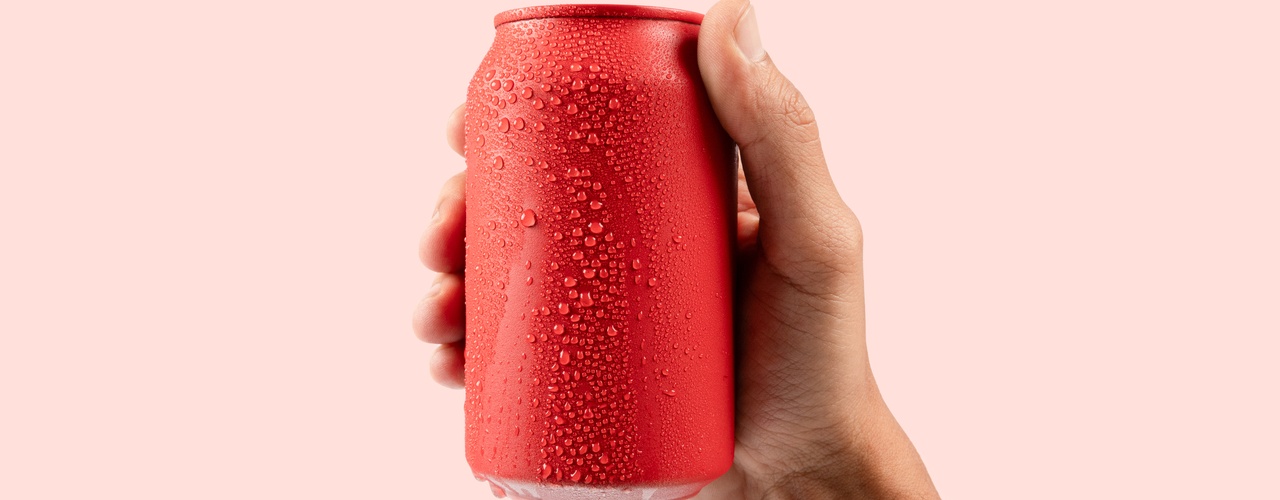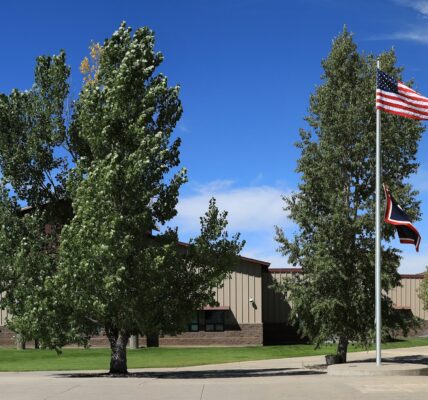While sipping on your favorite soda, have you ever pondered the intentionality behind its packaging design? There’s much more to good beverage packaging than simply bottles that hold liquid. In fact, soda packaging is a fascinating reflection of cultural shifts, technological innovation, and environmental awareness. Let’s take a look at how soda packaging has changed over the years and what these changes signify.
The Early Days of Glass Bottles
Soda made its debut in glass bottles in the late 19th century, and these containers were as practical as they were iconic. They were thick, durable, and reusable, perfect for carbonated drinks that needed a strong seal to stay fizzy. Many early glass soda bottles featured embossed logos, which gave them a vintage charm.
Enter the Era of Cans
Fast forward to the 20th century, and soda packaging started taking on a new form. Aluminum cans first hit the market in the 1950s, introducing a game changer for portability and convenience. Unlike bulky glass bottles, cans were lightweight, stackable, and cheaper to manufacture.
It wasn’t long before brands started experimenting with the flat, spacious surface of aluminum cans for bold, colorful designs that captured attention on store shelves. Soda branding was forever changed when its packaging became an even more powerful marketing tool.
Moreover, the change in packaging inspired many improvements in manufacturing. For example, since cans are much easier to dent or burst open, manufacturers had to be more careful when packaging and shipping the product. That’s where innovations for beverage industry case palletizers began to become more helpful by efficiently arranging cans with quick yet controlled, gentle movements.
The Plastic Revolution
By the 1970s, plastic bottles edged their way onto the scene. Plastic packaging wasn’t just lightweight and unbreakable; it offered flexibility in sizes ranging from 16 ounces to 2 liters. Consumers loved the convenience, and soda companies loved the cost-effectiveness. However, as plastic use skyrocketed, concerns about its environmental impact began taking center stage, sparking the conversations we still have today about recycling and sustainability.
Today’s Focus on Sustainability
Today, soda packaging is evolving once again, this time to meet the demands of eco-conscious consumers. Manufacturers are exploring materials that are easier to recycle or outright biodegradable. They’re also improving recycling programs and cutting down on the amount of plastic they use for each bottle. Many manufacturers are returning to glass bottles and upping aluminum can production because these two materials are more effectively recycled.
We still have a long way to go in making mass-produced soda an eco-friendly beverage when it comes to its packaging. However, given how much soda packaging has already changed over the years, the future for widespread sustainable advancements is bright.





